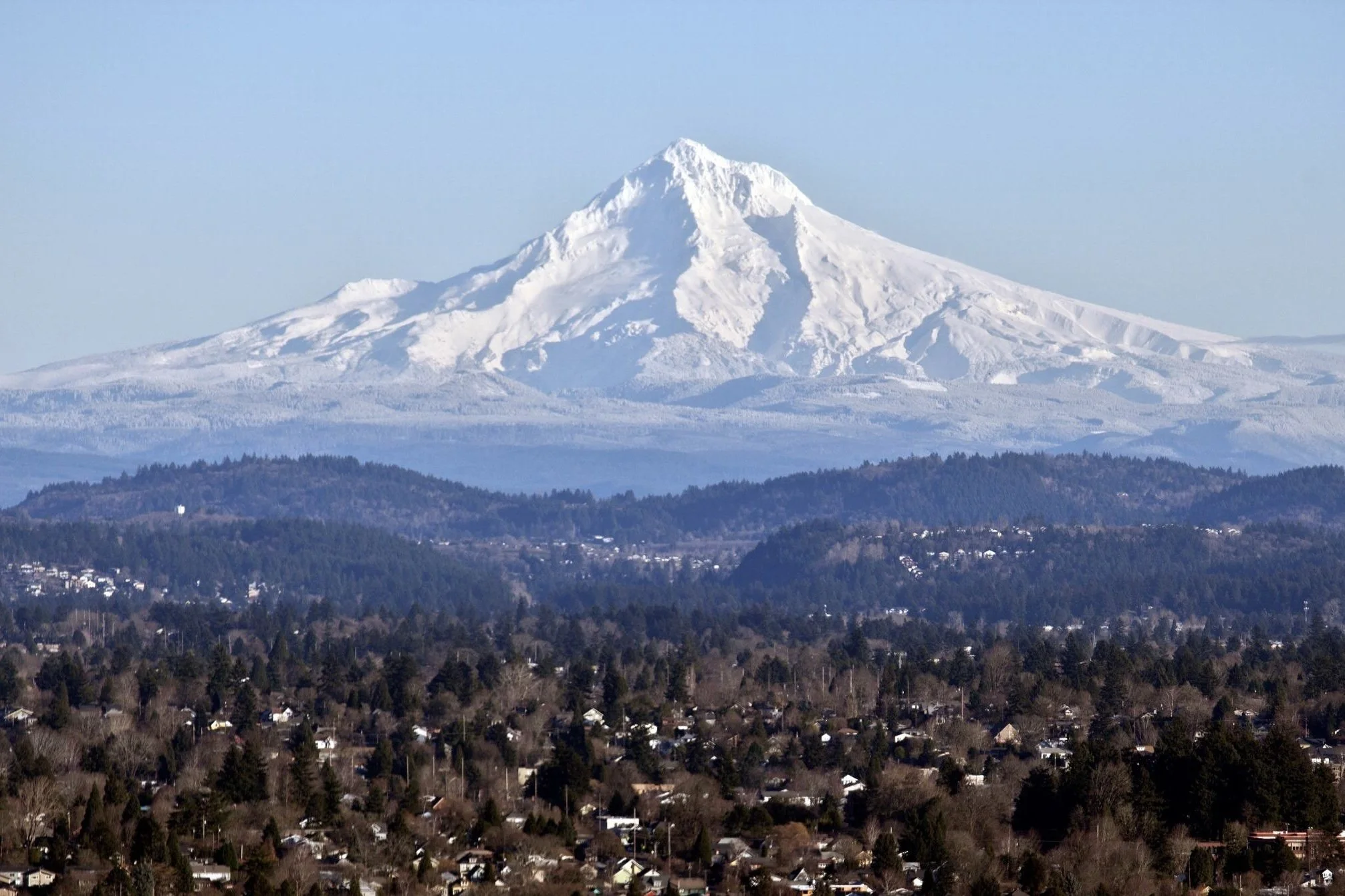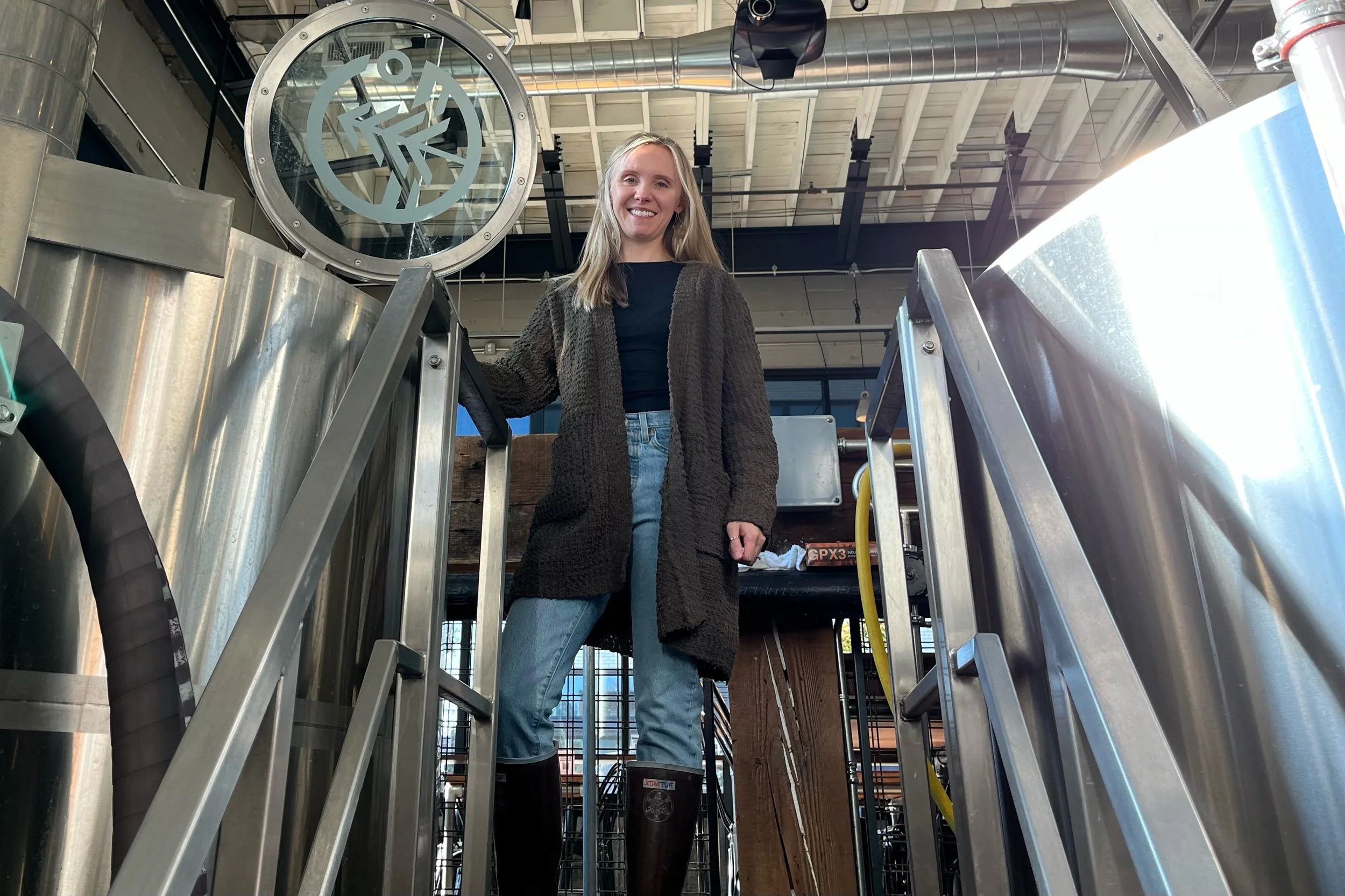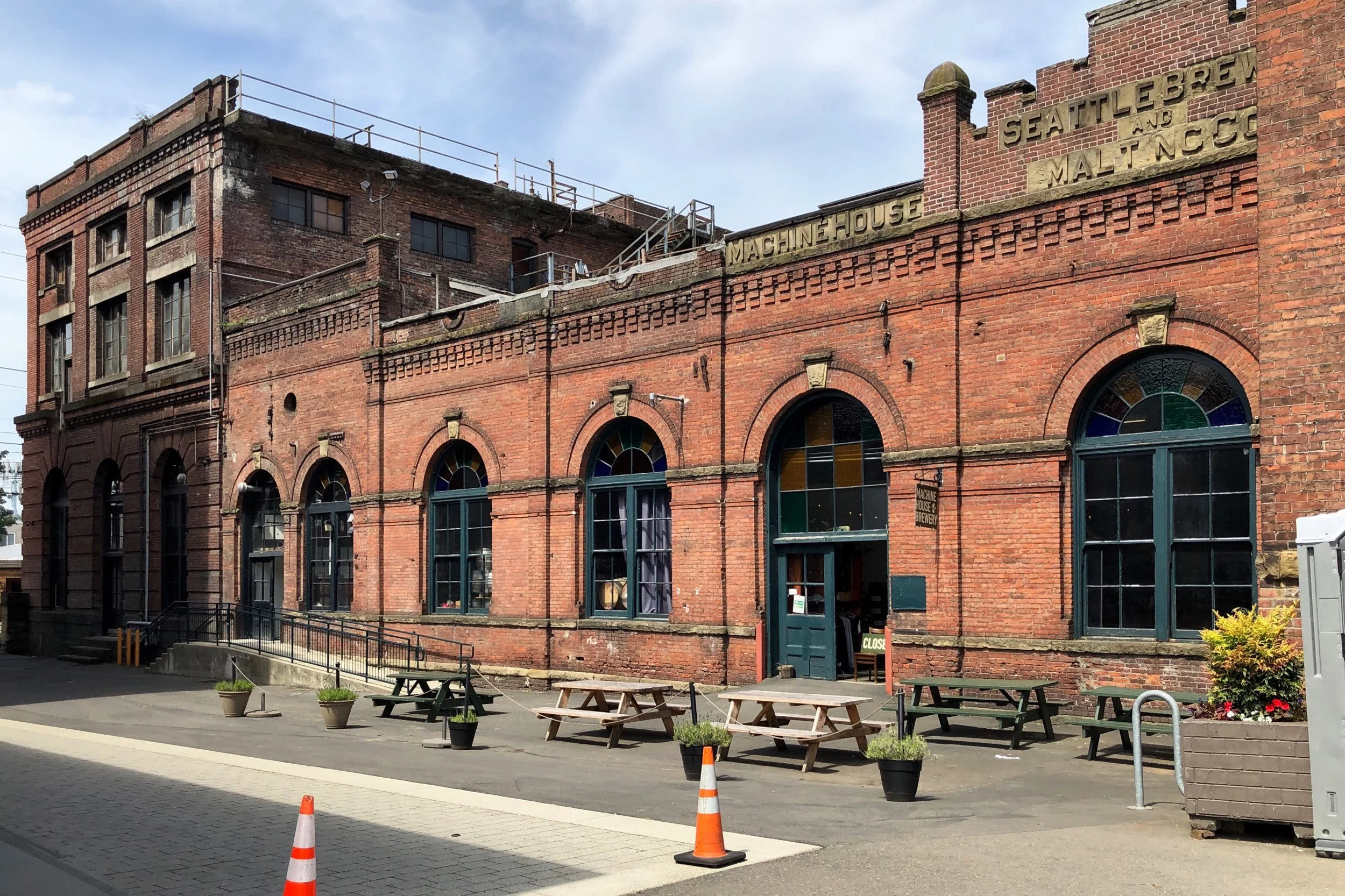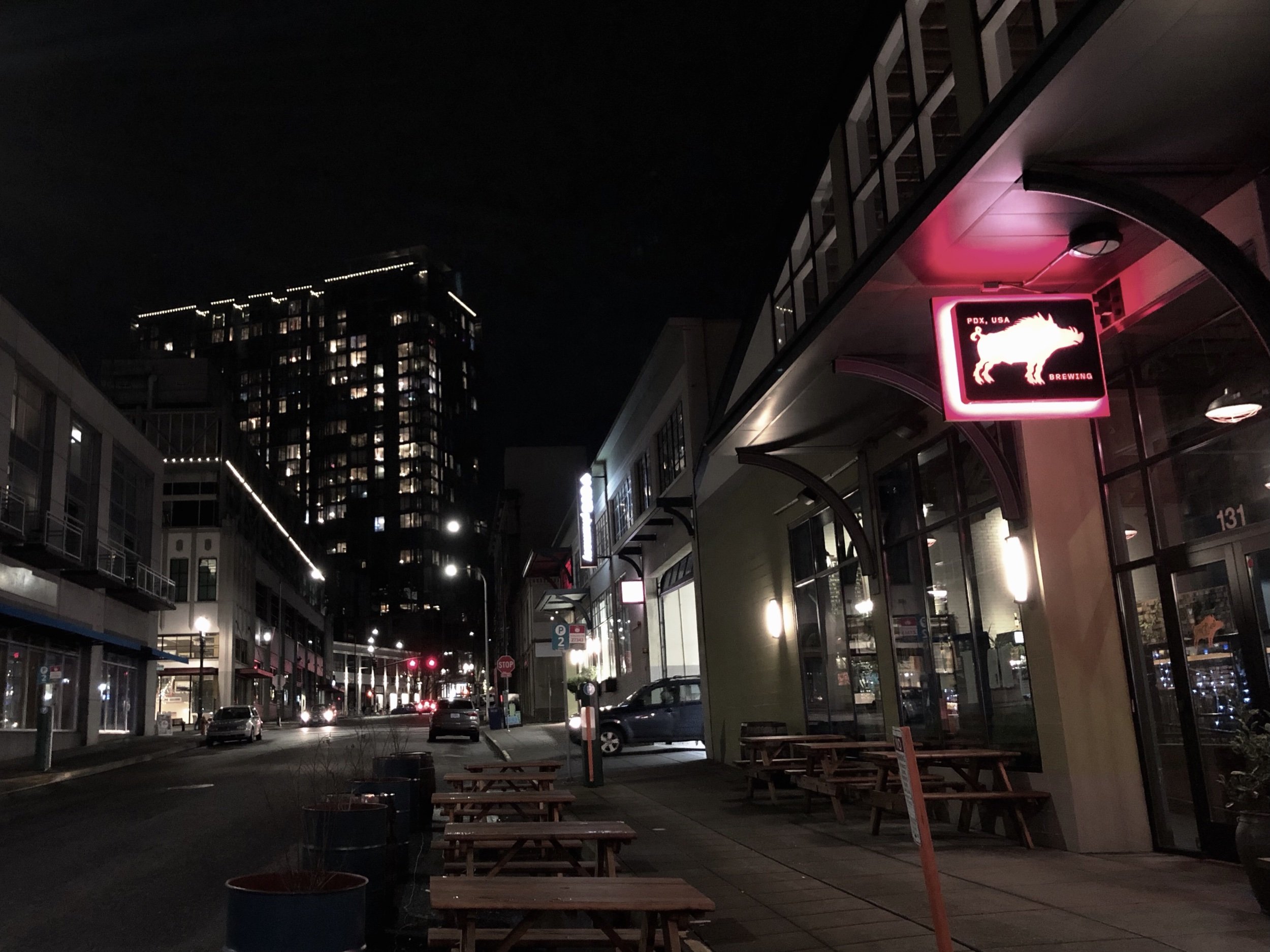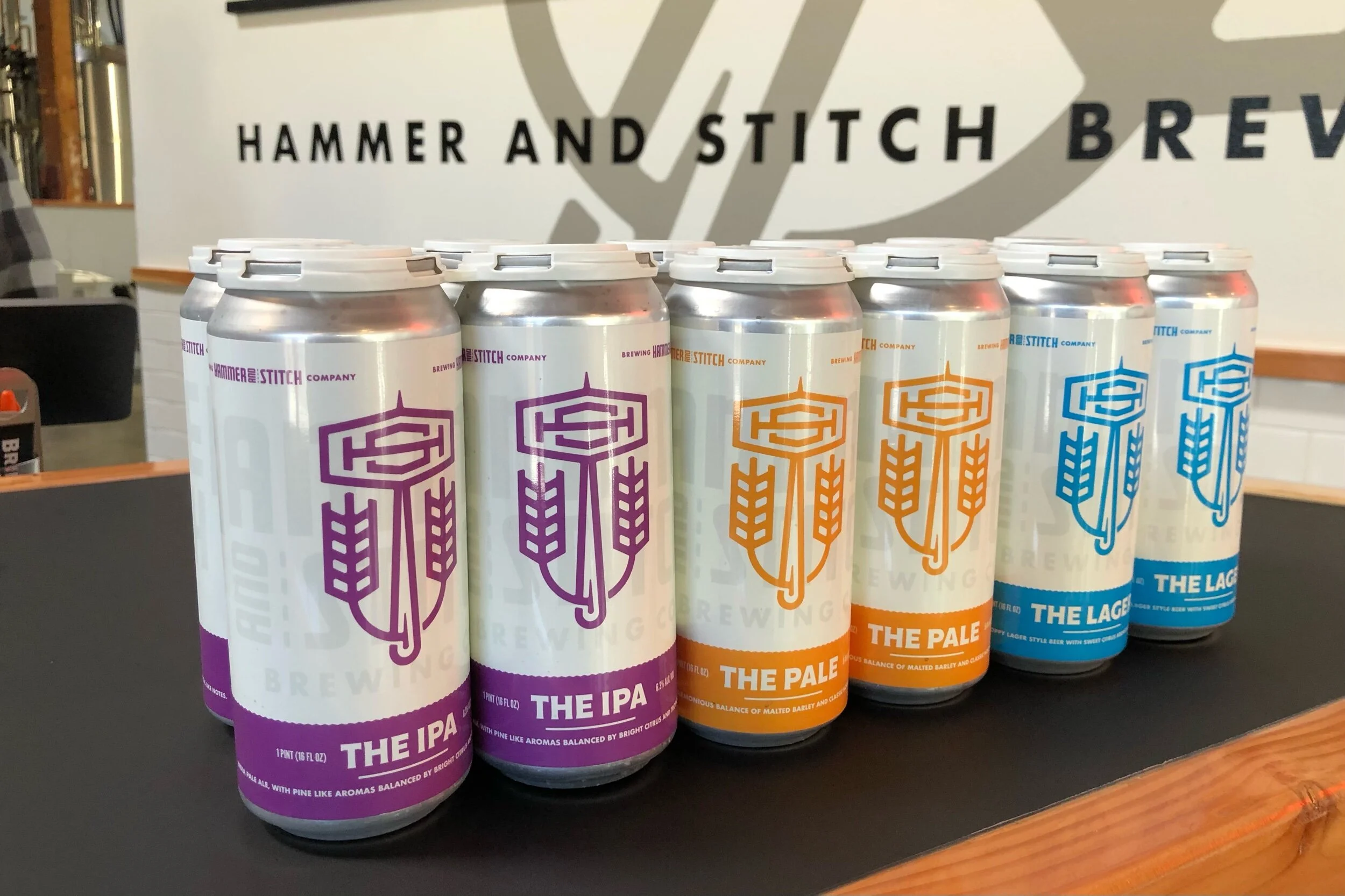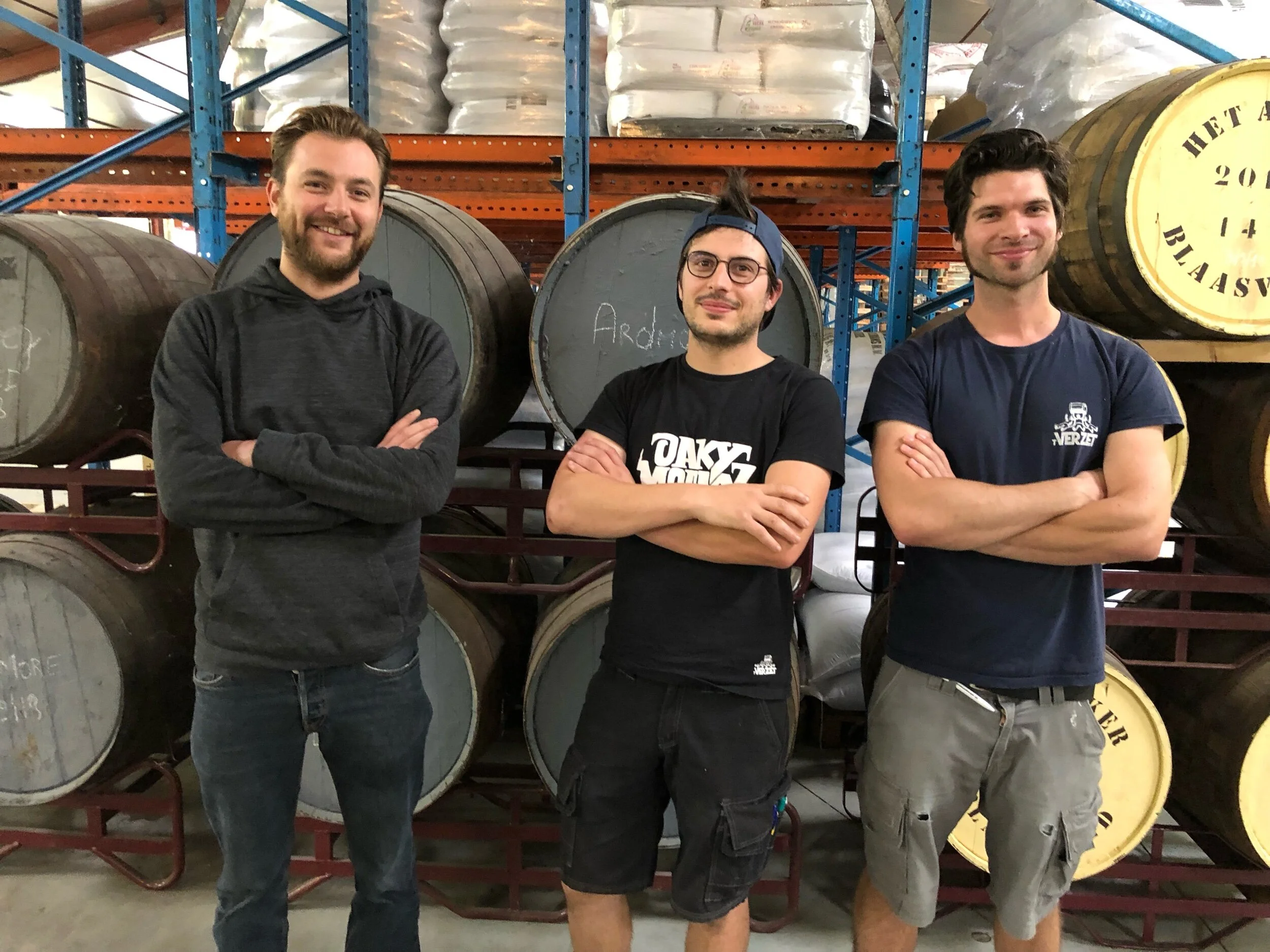When Yvan De Baets and Bernard Leboucq installed their brewery in Brussels in 2010, it doubled the number in the capital city. Since then, a number of new breweries have followed, but none have focused so single-mindedly on creating hometown beers.
Read MoreFor obvious reasons, accomplished brewers don’t love people constantly focusing on their gender. Any brewer who manages to work their way up from keg washer to celebrated brewery owner deserves attention and respect, and yet it’s something of a watershed moment for Portland to see a woman do this.
Read MoreIn the finale of Portland Travel Week, I offer you my annual list of Portland’s best breweries. This should be a handy guide for visitors—and, given how many breweries the city has and how few days in the year, possibly locals as well. See who made the list this year!
Read MoreOn my recent, short visit to Seattle, I managed to pop in to six different breweries, but here are three that illustrate the range and diversity the city now boasts.
Read MorePortland’s Von Ebert pulled off the singular trick of winning gold at both the GABF and Oregon Beer Awards for Volatile Substance, their IPA. A year earlier, their IPA Nothing Noble took bronze at GABF. It was high time I spent some time at the brewery to figure out their secrets.
Read MoreHammer and Stitch has been open seven months, but debuted in October, just as the pandemic entered its most debilitating phase. For most people venturing out with the spring sunshine, it is a brand new brewery. Here’s a first look.
Read MoreIn May, Pelican Brewery turns 25. For the whole of its life, it has reflected the vision of its longtime brewer, Darron Welch. Yet unlike so many legacy breweries, Pelican is growing and thriving. There’s an important lesson here.
Read MoreCloudburst’s hoppy ales are at once familiar yet distinctive. They shimmer with hop particulates, but don’t look hazy, exactly. They feature saturated juicy flavors, appreciable (but far from violent) bitterness, and a spectacular quenching dryness that make them dangerously drinkable.
Read MoreA lot of breweries make weissbiers, and some are served worldwide. Yet if we go looking for the classic example, the ur-weiss of the modern era, all roads lead to Kelheim.
Read MoreNow, of course, amber and brown ales are rare—blonds proliferate. This seems barely worth mentioning, since it mirrors the trends everywhere else, but consider this: The radicals at the forefront of this evolution in Belgium were Trappist monks. In particular, the ones brewing at Westmalle.
Read MoreAt Brouwerij t’Verzet, the young men may look like craft brewers, but they’re not interested in “innovation.” Here in West Flanders they plan a kind of restoration—making oud bruin, the regional specialty, a beer as broadly available as it was in the 1970s and ‘80s.
Read MoreThe lineage of brewers making the traditional tart weissbiers of Berlin seemed to end when Schultheiss made the last example in the early 2000s. A tradition shared from one generation of brewers to the next, the thread seemed to be broken—until Ulrike Genz found that last brewmaster and went on to found Schneeeule.
Read MoreAs British drinkers are increasingly seduced by hazy IPAs and other “craft” offerings, some of the old breweries continue to make characterful, handmade ales in an older tradition. Harvey’s Brewery in Sussex is an exemplar.
Read MoreAmerican beer fans have become too insular. Even if one only wants to deepen their appreciation of IPAs, it’s important to see the places our tradition started.
Read More